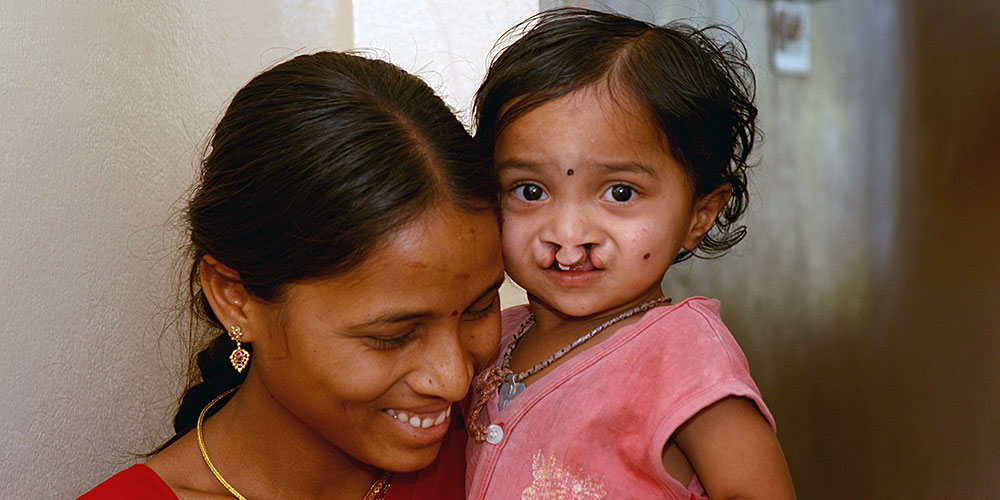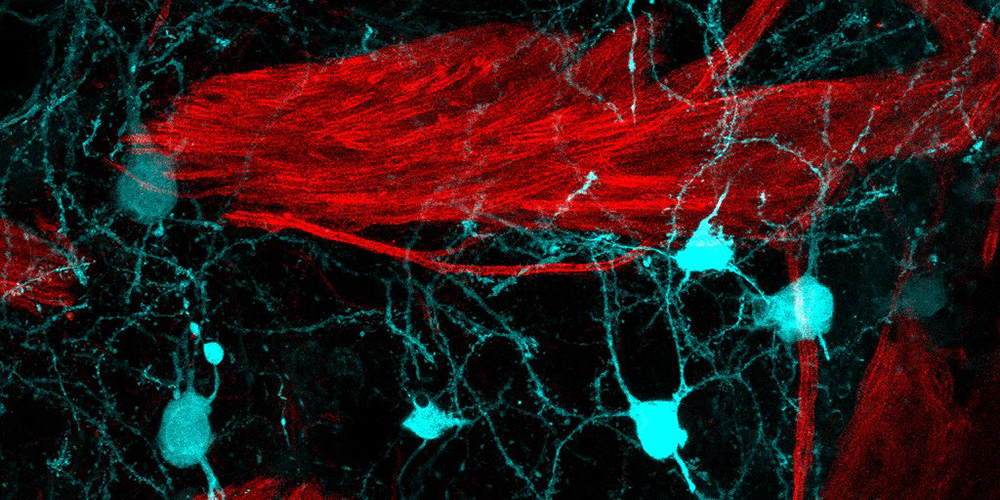Cleft lip and palate: simpler treatment thanks to artificial intelligence
It’s not always easy for children with cleft lip or palate to get the treatment they need, particularly in low-income settings. Researchers at the University of Basel are working with ETH Zurich to develop a digital process to facilitate the production of palate plates – which simplifies surgical closure of the cleft.
30 March 2020
A cleft lip and palate occurs in approximately one in 750 births, making it one of the most common congenital malformations. Clefts are usually closed during the first year of life through one or several operations. This enables normal food ingestion, good language development and corrects the external appearance. The Botnar Research Centre for Child Health BRCCH in Basel is now funding a project that simplifies this treatment. This will particularly benefit children in low-income countries.
Better opportunities thanks to palate plates
The treatment begins before the operation with the production of a plastic palate plate. This plate is implanted in the child’s mouth as soon as possible after birth. It closes the palate, which is open toward the nose, thus allowing the infant to drink more easily. In addition, it prepares the palate for the operation by preforming the upper jaw, narrowing the cleft and correcting the tongue position. The project’s aim is to significantly simplify the spatial measurement of the cleft and the production of the palate plate based on these measurements with the aid of digital technology.
One operation instead of several
The use of such a plate also enables the cleft to be closed through a single operation at the age of about six to eight months. This method, which was co-developed in Basel, is less stressful for parents and the child than the usual two to four surgeries.
“Our clinical experience also shows that less tissue needs to be displaced during the operation if a pre-treatment with a plate is carried out. This generally increases healing prospects,” says project manager Dr. Andreas Müller, lecturer at the University of Basel. Müller is responsible for the treatment of cleft lip and palate at University Hospital Basel. For the BRCCH project, he works closely with Dr. Barbara Solenthaler from the Computer Graphics Lab at ETH Zurich, the Disney Research Lab Zurich and partner clinics in Poland and India.
Simple production
Despite all their advantages, palate plates are not often used in low-income countries due to the complex production. It requires a dental mold of the palate and a dental technician must use a plaster model of the cleft palate to produce a tailored plate.
With the aid of smartphones, 3D printing and a software program based on artificial intelligence, Müller and his team want to simplify this process to the extent that clinics in poorer countries will easily be able to produce palate plates. “This will provide the opportunity for a relatively simple cleft lip and palate closure in a single operation, for which surgeons would previously have required several procedures,” says Müller.
From photo to 3D printing
In future, it will be sufficient for doctors to take photos of the palate using a smartphone and then feed the images into special software. This will automatically produce a spatial model of the palate and design an individual palate plate that can then be quickly and cheaply printed with a 3D printer.
However, in order to develop this application the researchers must first train the system with a huge amount of data. They scan and measure existing plaster molds and use software and simulations to teach the software to generate the correct spatial model of the cleft through two-dimensional photos.
In around three years, the system will be evaluated in a clinical study at a partner clinic in Warsaw. This will be followed by a large-scale test at a treatment center for cleft lip and palate in Hyderabad, India, where approximately 600 newborns with cleft lip and palate seek help every year.
Müller hopes that the data collected with this project will help to objectively assess various surgical methods and optimize cleft surgery in the future: “We will thus tangibly fulfill BRCCH’s vision to develop new digital-based treatments for common children’s ailments.”
Botnar Research Centre for Child Health
The Botnar Research Centre for Child Health BRCCH, co-founded by the University of Basel and ETH Zurich, began its work in 2019. The research center combines expertise from both universities and University Children’s Hospital Basel and the Swiss Tropical and Public Health Institute in the areas of medicine, life sciences, computer science, engineering and social sciences. It focuses on the development of translational solutions and new methods from which children and young people worldwide can benefit.
In addition to this project, BRCCH also currently funds three further research projects: the development of an interactive app to promote development in early childhood and two projects related to the intestinal flora of children. BRCCH has initial support from Fondation Botnar in Basel with CHF 100 million distributed over 10 years.



